May 28, 2025 | 00:26 GMT +7
May 28, 2025 | 00:26 GMT +7
Hotline: 0913.378.918
May 28, 2025 | 00:26 GMT +7
Hotline: 0913.378.918
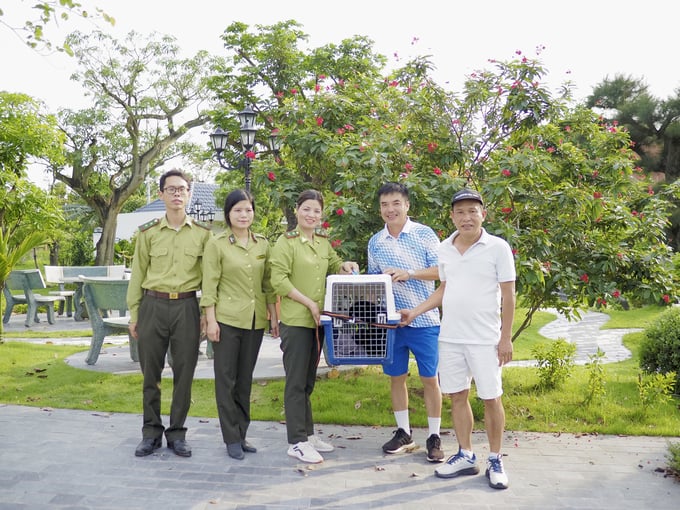
The rescued northern buffed-cheeked gibbon. Photo: Cuc Phuong National Park.
According to Mr. Luong Van The, a resident of Ngu Ham Street, Trang Cat, Hai Phong province, the gibbon had been lost near his lagoon. He caught the gibbon and contacted Cuc Phuong National Park’s Organism Rescue, Preservation, and Development Center to hand over the animal.
On May 7, Cuc Phuong National Park’s Organism Rescue, Preservation, and Development Center, in collaboration with the Hai Phong Sub Department of Forest Protection, verified and safely rescued the animal.
After initial testing, it was confirmed that the animal is a northern buffed-cheeked gibbon (Nomascus sp), belonging to Group IB, listed as a rare and endangered wild animal according to Government Decree No. 84. Following a health check-up and necessary procedures, the gibbon was brought to Cuc Phuong's Endangered Primate Rescue Center (EPRC) for care and conservation.
Previously, on April 2, Cuc Phuong National Park also rescued a gibbon from Hai Phong. In a short amount of time, two rare gibbons were rescued and brought to the care center at Cuc Phuong, increasing the number of gibbons in the program's care, conservation, and rescue efforts to 29.
The northern buffed-cheeked gibbon is listed in the category of endangered, precious, and rare forest animals, belonging to Group IB according to Decree No. 84/2021/NĐ-CP, dated September 22, 2021. The Government also listed the management of forest plants, endangered, precious, rare forest animals, and the implementation of the Convention on International Trade in Endangered Species of Wild Fauna and Flora.
This is a type of forest animal that is strictly prohibited from exploitation, hunting, and trading in any form. In addition to natural causes, the population of northern buffed-cheeked gibbons is seriously declining due to hunting activities and habitat loss.
Currently, there are many organizations and individuals involved in wildlife conservation programs, such as rescue and conservation programs at Cuc Phuong National Park, actively contacting to surrender animals, a sign of joy for many wild animals, helping them to be better cared for, following proper procedures, and having the opportunity to return to nature.
The "Conservation Program for Rare and Precious Primates of Vietnam at Cuc Phuong National Park" was established in 1993, a cooperative project between Cuc Phuong National Park and the Frankfurt Zoological Society, Leipzig Zoo, Germany.
Currently, the program is conserving over 180 individuals of 14 species and subspecies of rare and precious primates in Vietnam. There have been successful breeding of 12 species with a total of 382 individuals, including 3 species bred for the first time in captivity worldwide.
The program also reintroduced 154 individuals into the wild, and these reintroduced individuals have integrated very well into their natural environment. According to experts, this is the most successful primate rescue unit in the Southeast Asia region.
Translated by Linh Linh
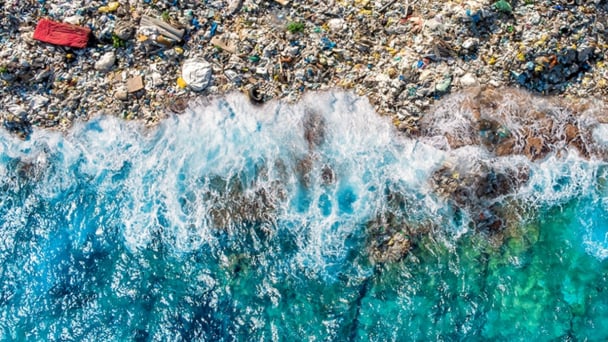
(VAN) World Environment Day 2025 is launched by the United Nations Environment Programme (UNEP) with the theme 'Beat Plastic Pollution'.
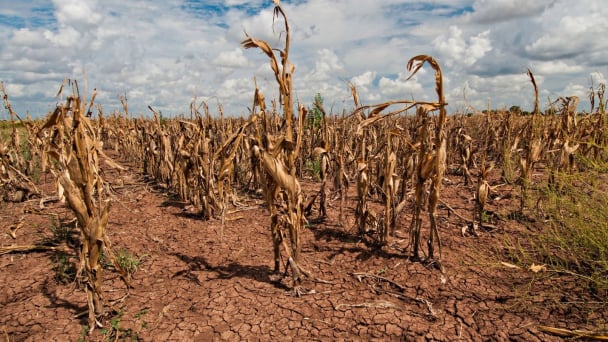
(VAN) As climate whiplash reshapes yields, experts say data-driven tools and targeted relief are critical to feed America.
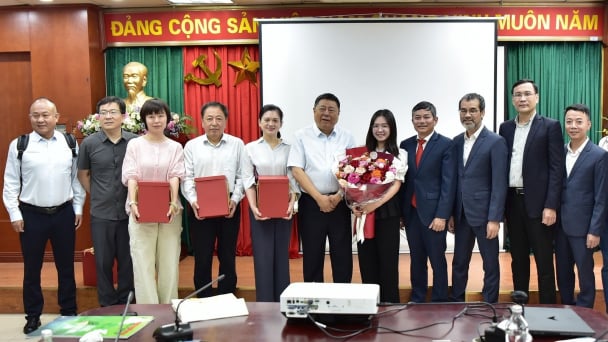
(VAN) The alignment in goals and operational direction between the Vietnam Agriculture and Nature Newspaper and Shaanxi Daily opens up promising prospects for journalism and media cooperation.
/2025/05/26/3422-3-102748_432.jpg)
(VAN) Prime Minister Pham Minh Chinh has been honored as the Distinguished ASEAN Leader at the ASEAN Leadership and Partnership Forum (ALPF) 2025 held in Malaysia, affirming Vietnam’s role and reputation.
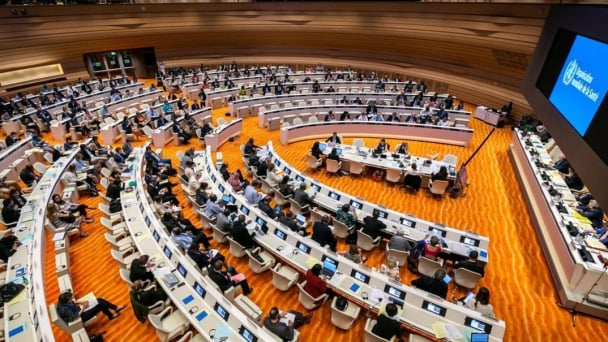
(VAN) At WHA78, with health placed at the heart of the global climate storm, Viet Nam enters a new commitment to protect communities from increasingly severe risks.
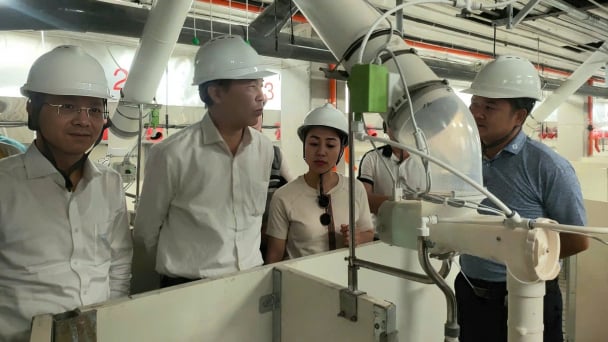
(VAN) Despite investment costs being 1.5 to 1.8 times higher than conventional methods, multi-story pig farming demonstrates outstanding effectiveness, increasing land-use efficiency by 4 to 10 times.
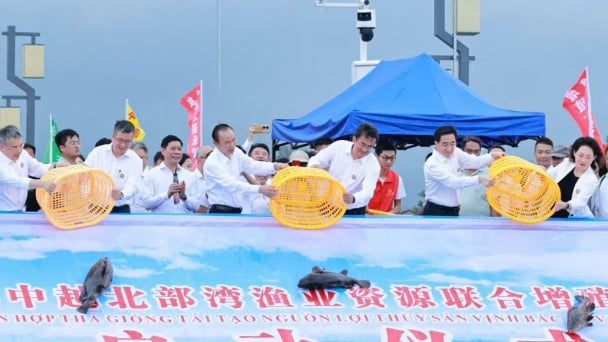
(VAN) Deputy Minister of Agriculture and Environment Phung Duc Tien leads a working delegation to participate in several key activities in China aimed at promoting agricultural and fisheries cooperation.